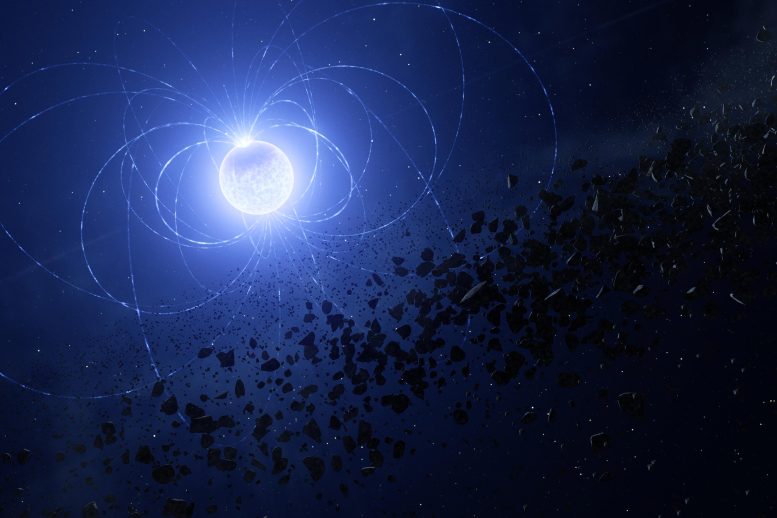
This artist’s impression shows the magnetic white dwarf WD 0816-310, where astronomers have found a scar imprinted on its surface as a result of having ingested planetary debris. When objects like planets or asteroids approach the white dwarf they get disrupted, forming a debris disc around the dead star. Some of this material can be devoured by the dwarf, leaving traces of certain chemical elements on its surface. Using ESO’s Very Large Telescope, astronomers found that the signature of these chemical elements changed periodically as the star rotated, as did the magnetic field. This indicates that the magnetic fields funneled these elements onto the star, concentrating them at the magnetic poles and forming the scar seen here. Credit: ESO/L. Calçada
When a star like our Sun reaches the end of its life, it can ingest the surrounding planets and asteroids that were born with it. Now, using the European Southern Observatory’s Very Large Telescope (ESO’s VLT) in Chile, researchers have found a unique signature of this process for the first time — a scar imprinted on the surface of a white dwarf star. The results are published in The Astrophysical Journal Letters.
“It is well known that some white dwarfs — slowly cooling embers of stars like our Sun — are cannibalizing pieces of their planetary systems. Now we have discovered that the star’s magnetic field plays a key role in this process, resulting in a scar on the white dwarf’s surface,” says Stefano Bagnulo, an astronomer at Armagh Observatory and Planetarium in Northern Ireland, UK, and lead author of the study.
Using ESO’s Very Large Telescope, astronomers have found a metal ‘scar’ imprinted on the surface of a dead star. This video summarizes the discovery. Credit: ESO
The scar the team observed is a concentration of metals imprinted on the surface of the white dwarf WD 0816-310, the Earth-sized remnant of a star similar to, but somewhat more massive than, our Sun. “We have demonstrated that these metals originate from a planetary fragment as large as or possibly larger than Vesta, which is about 500 kilometers (~300 miles0 across and the second-largest asteroid in the Solar System,” says Jay Farihi, a professor at University College London, UK, and co-author on the study.
The observations also provided clues to how the star got its metal scar. The team noticed that the strength of the metal detection changed as the star rotated, suggesting that the metals are concentrated on a specific area on the white dwarf’s surface, rather than smoothly spread across it. They also found that these changes were synchronized with changes in the white dwarf’s magnetic field, indicating that this metal scar is located on one of its magnetic poles. Put together, these clues indicate that the magnetic field funneled metals onto the star, creating the scar.[1]
This artist’s animation shows the magnetic white dwarf WD 0816-310, a dead star that has a scar imprinted on its surface as a result of having ingested planetary debris. When objects like planets or asteroids approach the white dwarf they become fragmented, forming a debris disc around the dead star, as seen in this animation. Some of this material can be devoured by the dwarf, leaving traces of certain chemical elements on its surface. Credit: ESO/L. Calçada
“Surprisingly, the material was not evenly mixed over the surface of the star, as predicted by theory. Instead, this scar is a concentrated patch of planetary material, held in place by the same magnetic field that has guided the infalling fragments,” says co-author John Landstreet, a professor at Western University, Canada, who is also affiliated with the Armagh Observatory and Planetarium. “Nothing like this has been seen before.”
To reach these conclusions, the team used a ‘Swiss-army knife’ instrument on the VLT called FORS2, which allowed them to detect the metal scar and connect it to the star’s magnetic field. “ESO has the unique combination of capabilities needed to observe faint objects such as white dwarfs, and sensitively measure stellar magnetic fields,” says Bagnulo. In their study, the team also relied on archival data from the VLT’s X-shooter instrument to confirm their findings.
Harnessing the power of observations like these, astronomers can reveal the bulk composition of exoplanets, planets orbiting other stars outside the Solar System. This unique study also shows how planetary systems can remain dynamically active, even after ‘death’.
Notes
- Previously, astronomers have observed numerous white dwarfs polluted by metals that were scattered over the surface of the star. These are known to originate from disrupted planets or asteroids that veer too close to the star, following star-grazing orbits similar to those of comets in our Solar System. However, for WD 0816-310, the team is confident that vaporized material was ionized and guided onto the magnetic poles by the white dwarf’s magnetic field. The process shares similarities to how auroras form on Earth and on Jupiter.
Reference: “Discovery of Magnetically Guided Metal Accretion onto a Polluted White Dwarf” by Stefano Bagnulo, Jay Farihi, John D. Landstreet and Colin P. Folsom, 26 February 2024, The Astrophysical Journal Letters.
DOI: 10.3847/2041-8213/ad2619
The team is composed of Stefano Bagnulo (Armagh Observatory & Planetarium, UK [Armagh]), Jay Farihi (Department of Physics and Astronomy, University College London, UK), John D. Landstreet (Armagh; Department of Physics & Astronomy, Western University, Canada), and Colin P. Folsom (Tartu Observatory, University of Tartu, Estonia).

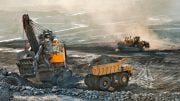
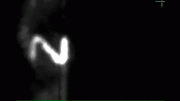



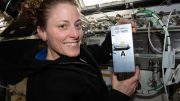
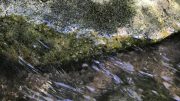
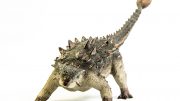
Just for clarification – “metals” in the astronomy definition is not the same as the chemical definition of metals. In astronomy, metals are any elements that are not hydrogen or helium.
Pls. Comment on the sun I don’t recall any type of metals in the sun.I Believe that to be false. Or it having an ozone anymore Believe that our sun completely healed.